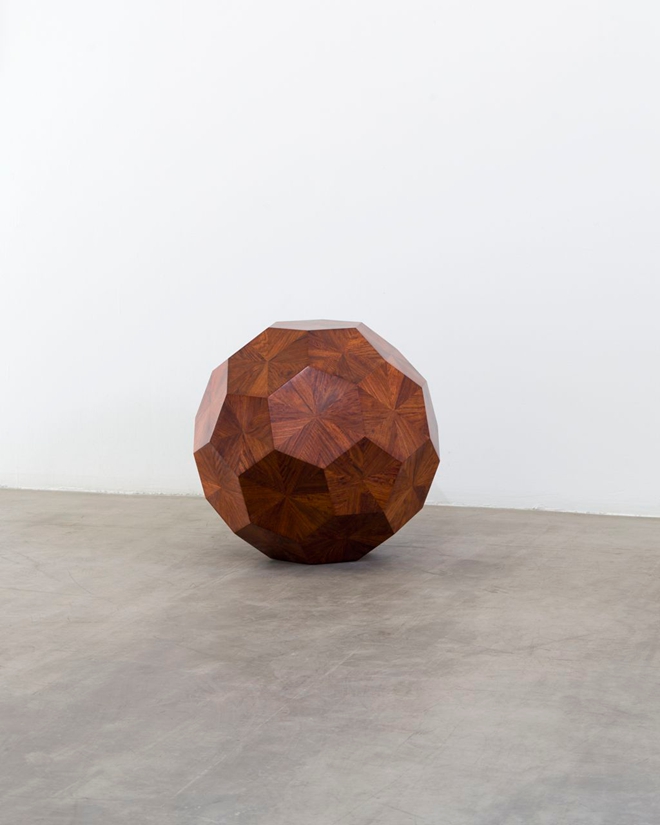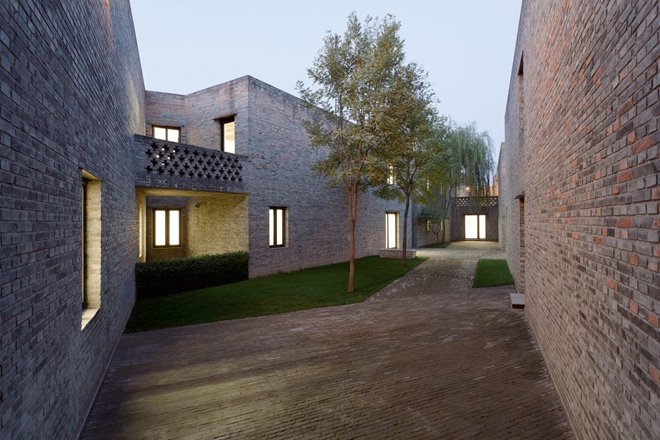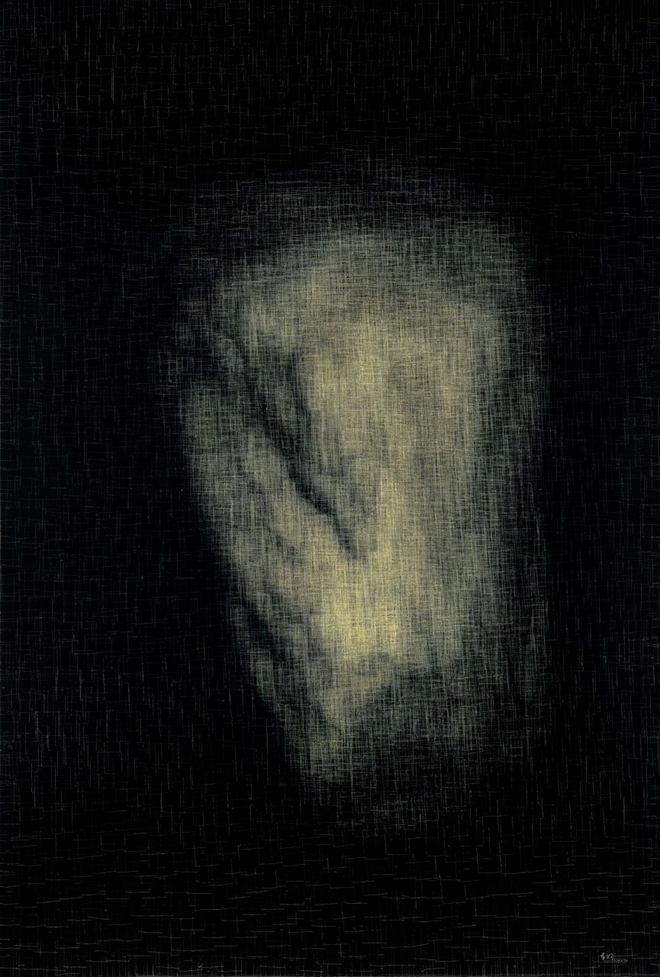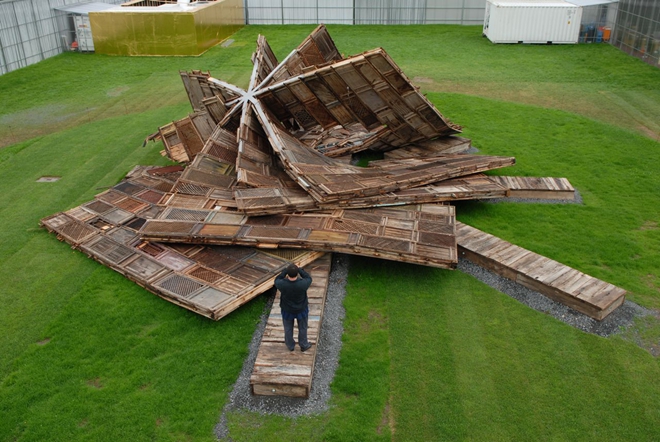by Iona Whittaker
Urs Meile was born in Switzerland, the son of a modern art dealer and collector, and established a self-titled gallery for contemporary art in Lucerne in 1992. After visiting China on the invitation of Uli Sigg in 1995, Meile opened a Beijing branch housed in a series of Ai Weiwei-designed buildings in Caochangdi in 1996. Since then Galerie Urs Meile has grown to become one of China’s most reputable contemporary art galleries, representing Qiu Shihua, Ai Weiwei, Cheng Ran, Wang Xingwei and Yan Xing.
Iona Whittaker: Your father collected art — how did he influence your interest?
Urs Meile: When you grow up with art, step by step you become interested in it. My father was a collector of and dealer in modern art. He always told me, “Don’t do anything with contemporary art, that’s the worst!”
IW: Why was that?
UM: Because you don’t earn money! It’s a completely separate target. But that’s how I became more and more interested.
IW: It was your friend Uli Sigg who precipitated your first visit to China. What were your circumstances at the time?
UM: I had started very late with the gallery. That was in ’92; at the beginning of the ’90s the market was very bad so you couldn’t do anything properly. I was always collecting contemporary art. By June ’97 the market was so bad you couldn’t sell any art anyhow.
IW: What did you imagine about the trip? Did you have aims for it?
UM: I had absolutely no idea about China. When I was at school and university we were taught that China was the big danger. But then when Uli became the Swiss Ambassador he called me and said, “I have an embassy here, I have a driver, I have a cook and people do art.” It was that simple, just “Come and have a look.” That’s how it started, in January 1995.

Ai Weiwei, untitled (wooden ball), Huali wood, ø 65 cm, 2010 (No. 18) [courtesy: the artist and Galerie Urs Meile, Beijing-Lucerne]. 艾未未, 《untitled (wooden ball)》, 木, 直径65 cm, 2010 (No. 18) [图片:艾未未和麦勒画廊]。
UM: Of course, you had hundreds of questions. You saw a lot of paintings and performance, because at that time there were no real exhibition spaces. Performance meant you could just do something, and when the police came it had already happened. You couldn’t even remember how you got the information because there were no publications. You just heard it. You went there — maybe it was already closed, or opened for an hour. Everything was like that.

Galerie Urs Meile Beijing-Lucerne, Beijing, China [courtesy: Galerie Urs Meile, Beijing-Lucerne].
北京麦勒画廊 [图片: 麦勒画廊]。
UM: It was very difficult to have a real discussion, because if they had a concept they were not used to articulating it — the response would be, “Mmm, I just do it.” The first thing they were thinking when they looked at you, a stranger, was money: “Finally I can sell something.” It took five, six, or seven years until they became familiar with you. It was a very strange situation.
IW: So meeting Ai was a big trigger.
UM: Yes, absolutely. I visited him at his studio but there was no art — nothing! Just some old pots and I said, “What the hell is this guy doing?”

Li Gang, “It (No. 2),” transparent packing tape on acrylic board, 180 x 120 cm, 2010 [courtesy: Galerie Urs Meile, Beijing-Lucerne].
李钢, 《它》 (No. 2),透明胶带,亚克力, 180 x 120 cm, 2010 [图片:李钢和麦勒画廊]。
UM: It was initially my target to give an overview of what was going on; I was still searching for the right thing to do. We started with Ai Weiwei about whom I was completely convinced, even though for another eight years there was no market and people were telling me I was a complete idiot.

Qing Dynasty houses (1368-1911), wooden base, 422 x 1106 x 875 cm, 2007 [courtesy: the artist; Leister Foundation, Switzerland; Erlenmeyer Stiftung, Switzerland and Galerie Urs Meile, Beijing-Lucerne].
艾未未,《Template》, 1001扇用被拆除的清明两代房屋木门窗(1368-1911)创作的木制座基,422 x 1106 x 875 cm, 2007 [图片: 艾未未; 瑞士 Leister 基金会; 瑞士 Erlenmeyer Stiftung 和麦勒画廊]。Switzerland and Galerie Urs Meile, Beijing-Lucerne]
UM: People had no idea and did not understand what was going on. They immediately compared the work with what had happened during the last 80 years in Europe. They were very curious about this exotic moment and what would happen rather than fascinated by the content of the artworks.

![Galerie Urs Meile Beijing-Lucerne, Beijing, China [courtesy: Galerie Urs Meile, Beijing-Lucerne]. 北京麦勒画廊 [图片: 麦勒画廊]。](http://www.randian-online.com/wp-content/uploads/2012/04/02GalerieUrsMeile_Beijing-245x245.jpg)
